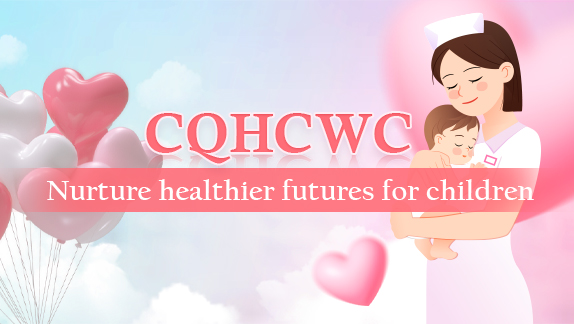Children visit lab to explore the mysteries of life
A group of students from the High School Affiliated to Southwest University in Southwest China's Chongqing visited a human embryo engineering laboratory in the city's Yuzhong district on Aug 24 and were fascinated.
As a key lab for research into human embryos, the facility has an open day to the public once a year.
With the help of a microscope they were able to see a dozen eggs that looked like little transparent balls in a drop of nutrient fluid -- impossible to see with the naked eye.
The children also had a hands-on practice, taking an egg out of the nutrient fluid with a needle tube, transferring it to another petri dish under a researcher's careful instructions.
The researcher told them that although these were not human eggs, it was still quite serious, because they were living things.
Afterward, Chongqing Health Center for Women and Children (CQHCWC) chief physician Huang Guoning gave a lecture on the whole process of embryo development to the students, enabling them to gain a better understanding of the mysteries of life.
According to Huang, 60 million yuan ($8.69 million) was invested in the lab when it began construction in 2018 and its researchers focus on new test-tube baby technologies.
In 2020, the lab realized full coverage of embryo development using time-lapse imaging in its incubators. Now, with the help of the equipment, the human embryo can be entirely incubated in them.
There is a camera in the incubator, which can capture the images of embryo development in real time and enable the researchers to view the output images and relevant data through a computer -- to dynamically update their status, so as to select high-quality embryos for transplantation.
According to Huang, due to the use of time-lapse imaging incubators, the success rate for embryo cultivation in the laboratory has been significantly improved.
In the past, every phase of embryos needed to be taken out of the incubator for observation with the utmost care taken, because the environment inside and outside the incubator is very different.
Experts said that no matter how embryologists try to reduce the environmental difference as much as possible, it may cause some adverse effects on embryo development.
Compared with a conventional incubator, the CQHCWC version is more stable, they added.

 CQHCWC: Nurture healthier futures for children
CQHCWC: Nurture healthier futures for children How to help children develop healthy eating habits
How to help children develop healthy eating habits Wechat
Wechat Weibo
Weibo